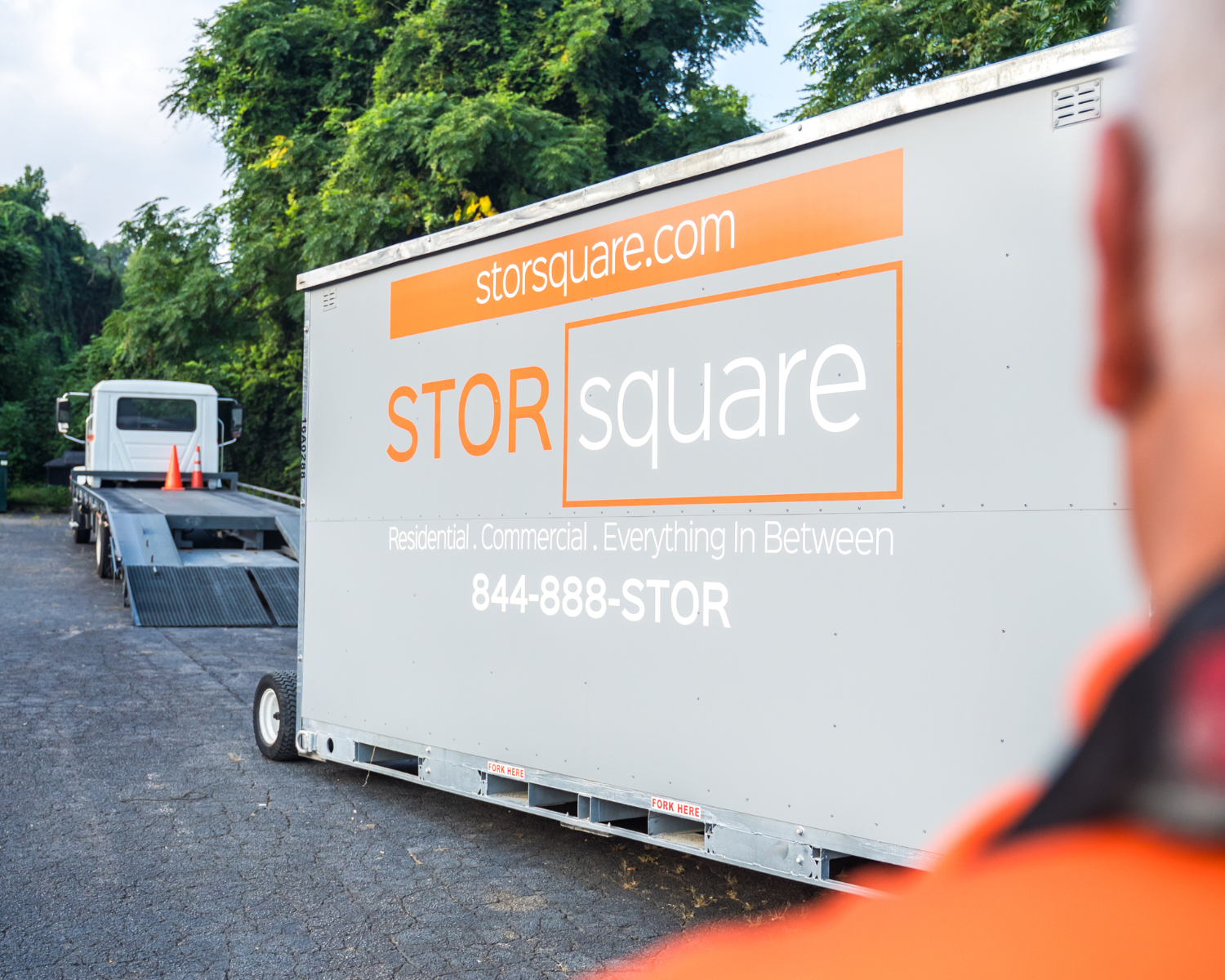Moving your small business may be an exciting opportunity, but it requires careful planning and financing. Understanding how to budget your business move effectively is crucial, whether you’re relocating to accommodate growth or seeking a better location near your clients. In this guide, we’ll walk you through the steps to ensure you manage your relocation expenses without exceeding your budget.
1. Assess Your Needs and Plan Early
Understanding your unique demands is the first step in creating a budget for your business move. What materials, furniture, and equipment are you going to need to relocate? How much room will you need at the new site? Determine the size of your portable storage container and create an inventory list first. Avoiding last-minute costs that can mount up quickly is possible when you plan beforehand.
2. Estimate the Costs of Portable Storage Containers
For business owners, using portable storage containers is a wise decision. You can pack and load containers at your own speed, giving you flexibility and convenience. Examine the many container rental pricing alternatives to keep costs down. Businesses such as STORsquare provide a range of container sizes along with simple, reasonably priced options. Planning your budget requires that you obtain a precise estimate of the costs associated with renting a container, including delivery and collection.
3. Factor in Additional Costs
Even though portable storage containers are a great way to save money, don’t forget to account for additional relocation charges. These could consist of:
- Labor costs: If you require assistance loading or unloading, account for labor expenses or think about hiring staff to help.
- Transportation costs: Whether you use your own car or a moving company, factor in the expense of moving your belongings from your old place to your new one.
- Packing materials: Make sure your budget accounts for any additional packing supplies you may require, such as boxes, bubble wrap, or moving blankets.

4. Explore Insurance Options
Even while portable storage containers offer a safe solution to relocate your company, you should still ensure that your belongings are safeguarded while in transit. Having insurance allows you to rest easy knowing that your priceless company equipment is protected in case something goes wrong during the transfer.
5. Take Advantage of Tax Deductions
Your business’s moving fees might be deductible, which might help you alleviate part of the costs. To find out if any of your moving costs are deductible, be sure to speak with your accountant or financial counselor. This could include expenses for office furnishings, inventory relocation, or even the cost of renting storage containers.
6. Set a Realistic Budget
After you have all the information you need, decide on a reasonable moving budget. Set the most important expenses first, and if needed, change. For instance, try to postpone non-essential purchases until the move is finished, even if it may be tempting to enhance your equipment during the transfer.
7. Track Your Expenses
Keep a record of every expense you incur during your move to make sure you don’t go over your budget. From labor charges to container rents, keep track of every item associated with the relocation using a basic spreadsheet or budgeting software. This will guarantee that there are no unpleasant surprises at the conclusion of the relocation and help you manage your budget.

